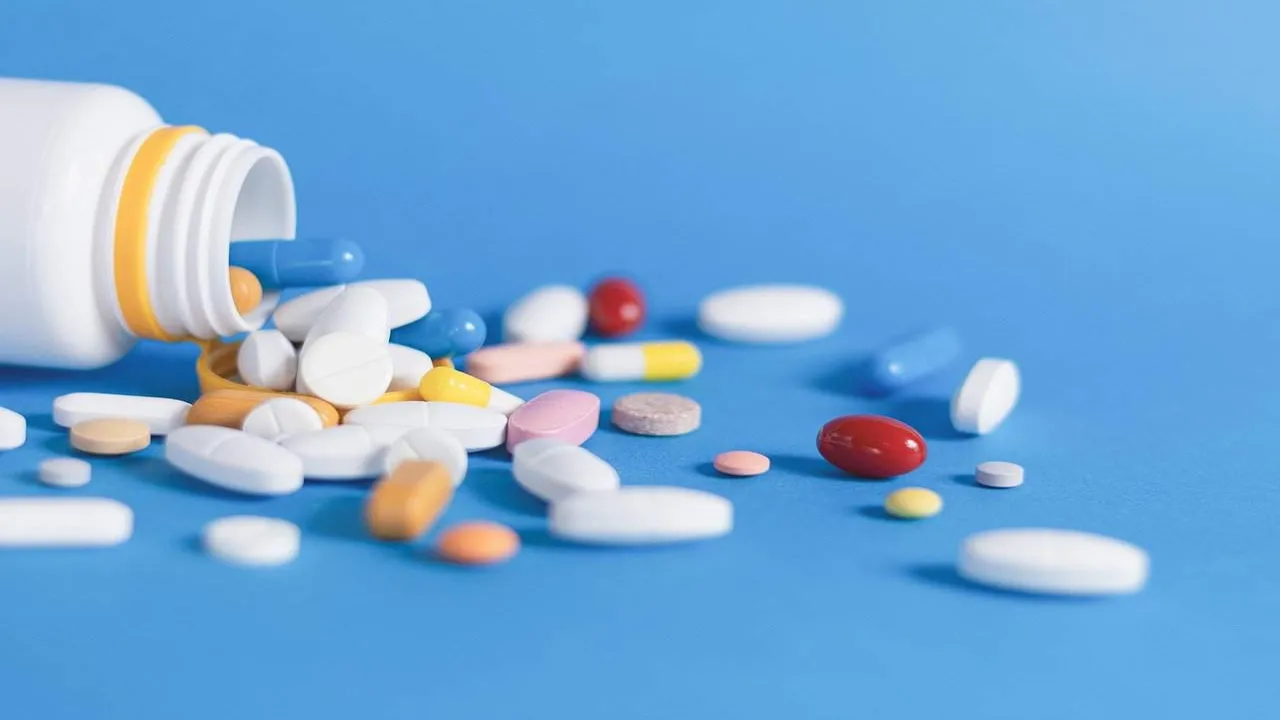Understanding the Potential Synergy between Semaglutide and BPC-157

In the realm of health and wellness, breakthroughs often emerge from unexpected intersections between different fields. The combination of Semaglutide and BPC-157 has sparked considerable interest due to their potential synergistic effects on various aspects of health. Semaglutide, a medication used to treat type 2 diabetes, and BPC-157, a peptide known for its regenerative properties, have drawn attention for their combined therapeutic potential. Let’s delve deeper into the individual properties of Semaglutide and BPC-157 and explore the promising aspects of their synergy.
Understanding Semaglutide:
Semaglutide belongs to a class of drugs called GLP-1 receptor agonists. Initially developed to manage blood sugar levels in individuals with type 2 diabetes, Semaglutide works by mimicking the function of glucagon-like peptide-1 (GLP-1), a hormone that stimulates insulin secretion while inhibiting glucagon release. Its primary goal is to regulate blood sugar levels by supporting insulin production and decreasing glucose release from the liver.
However, beyond its intended use in diabetes management, research has unveiled additional benefits associated with Semaglutide. Studies suggest its potential in weight management by promoting satiety and reducing appetite, leading to significant weight loss in individuals with obesity. This dual benefit of managing blood sugar levels and aiding weight loss has garnered attention in both medical and scientific communities.
Unveiling the Potential of BPC-157:
BPC-157, a naturally occurring peptide found in the human body, has been studied extensively for its regenerative and healing properties. It has exhibited promising effects on various bodily systems, including the gastrointestinal tract, musculoskeletal system, and even the central nervous system. BPC-157 is believed to accelerate the healing of various tissues, reduce inflammation, and protect organs from damage, thereby promoting overall wellness.
The peptide’s mechanisms of action involve modulating growth factor receptors, promoting angiogenesis (the formation of new blood vessels), and regulating the production of certain proteins crucial for tissue repair. These attributes have led researchers to explore its potential applications beyond its natural occurrence, particularly in the realm of injury recovery and overall well-being.
Exploring Synergy: Semaglutide and BPC-157:
Recent research and scientific speculation have sparked interest in exploring the potential synergy between Semaglutide and BPC-157. While their individual mechanisms of action differ significantly, the possibility of their combined effects leading to amplified health benefits has captured the imagination of researchers.
Some hypotheses suggest that the weight loss effects of Semaglutide could complement the regenerative properties of BPC-157. Weight loss often reduces the strain on various bodily systems, promoting overall health and potentially enhancing the effectiveness of tissue repair and healing mechanisms facilitated by BPC-157.
Moreover, the anti-inflammatory properties of both compounds are noteworthy. Semaglutide has shown anti-inflammatory effects in certain studies, while BPC-157 is recognized for its ability to reduce inflammation in various tissues. The convergence of these anti-inflammatory actions could potentially offer synergistic benefits, particularly in conditions where inflammation plays a significant role, such as certain gastrointestinal disorders or joint-related issues.
Emerging Research and Clinical Implications:
Despite the promising theoretical synergies between Semaglutide and BPC-157, it’s important to note that substantial clinical evidence validating their combined effects is still lacking. While studies in animal models and in vitro experiments have shown promising results individually for both compounds, human trials exploring their synergistic potential are scarce.
Moving forward, it becomes imperative for the scientific community to conduct well-designed clinical trials to ascertain the safety and efficacy of combining Semaglutide and BPC-157 in human subjects. These trials could shed light on the possible interactions, dosages, and potential side effects when these compounds are used together.
Conclusion:
The intersection of Semaglutide BPC-157 represents a fascinating area of exploration in the field of health and medicine. Both compounds, with their unique mechanisms of action and potential health benefits, offer a promising avenue for further research and potential therapeutic applications. However, while theoretical synergies exist, concrete evidence through rigorous clinical trials is necessary to validate and understand the true extent of their combined effects on human health.
As science continues to evolve, the collaboration between different disciplines and the exploration of unconventional synergies may pave the way for innovative treatments and improved well-being. The journey of Semaglutide and BPC-157, whether converging or diverging, remains an intriguing narrative in the ongoing pursuit of enhancing human health and quality of life.







